In early elementary school, most children have gained an initial understanding of phonics, which is the correspondence between letter patterns (graphemes) and sounds (phonemes). As students write, some of the words may have the correct initial letter and a few other correct letters.
The WriteReader learning tool is a perfect playground for emergent writers to experiment with how letters and sounds make words and learn about the written language in a creative and meaningful way.
This blog post provides:
- a definition of the emergent writing stage for children 5-7 years old (understanding that varies from child to child)
- ideas and strategies to support young children’s growing literacy skills and motivation
- the importance of and correlation between writing and reading
- ways to support young learners’ book creation by using WriteReader templates
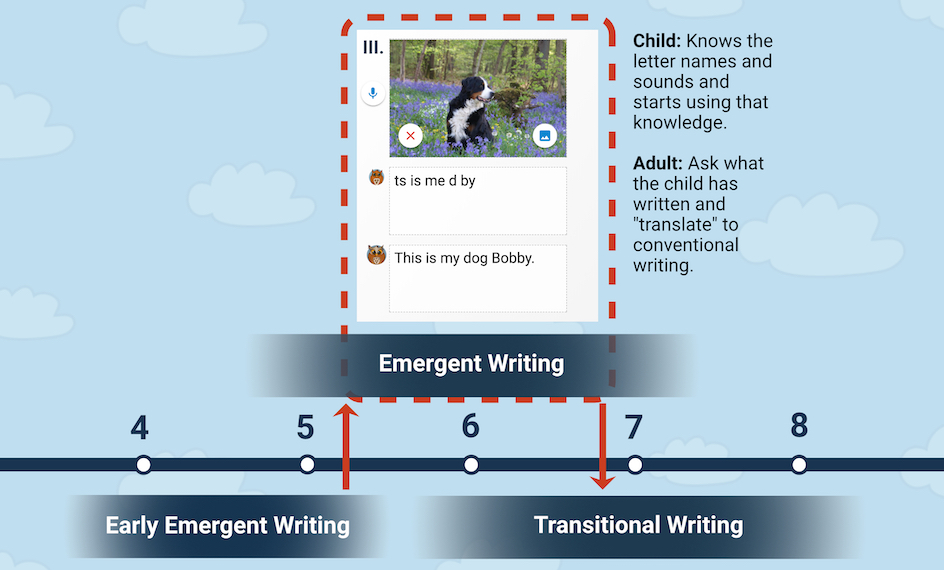
Emergent Writing
At this stage, students:
- begin to hear the first letter sound in a word
- often hear and write more consonants than vowels
- learn that a lot of words are not written the way they sound
- are just beginning to understand conventions such as capitalization, spacing and punctuation
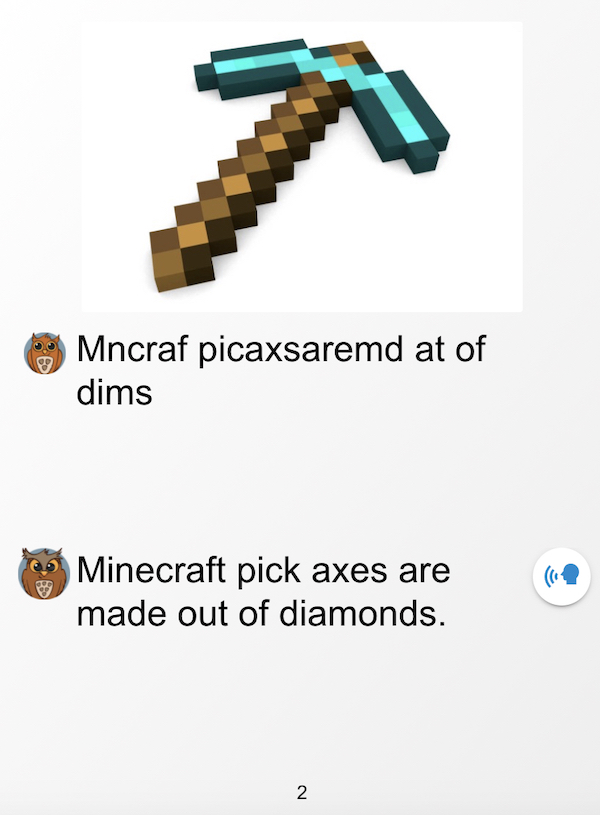
Support Suggestions
Emergent writers can benefit by changing the audio support in WriteReader from letter names to letter sounds (phonemes), as shown below. This support helps children understand the letter/sound relationship more fully, as well as begin to notice patterns and sequences with letters.
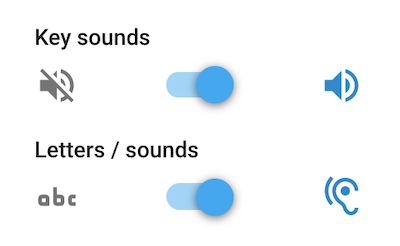
Teachers should also continue to provide educator writing at this stage. Students will begin making connections between what they have written and what the teacher has written, and this will provide additional support as students understand letter / sound relationships and how they work together to form words.
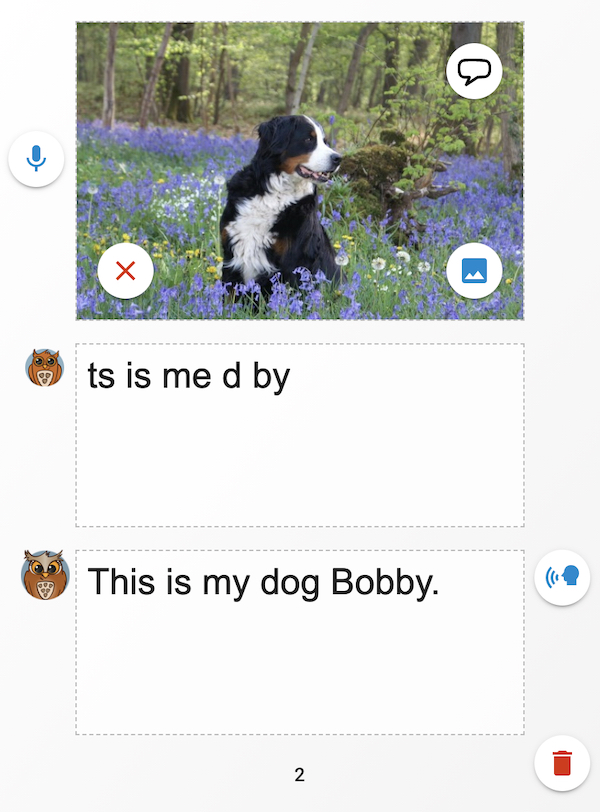
Reading self-created books
Students should have the opportunity to read the books they create. Not only does it allow students to share and publish the stories they have authored, but it also helps solidify those letter / sound connections. Listening to students read their own writing demonstrates the understanding they have between the written letters on the page and actual words. The correlation between reading and writing success is strong, and giving students opportunities to engage in both practices helps them to understand these connections.
You can have students read & share in a number of ways. I encourage students to use the microphone in WriteReader to add their voice to each page of their stories.
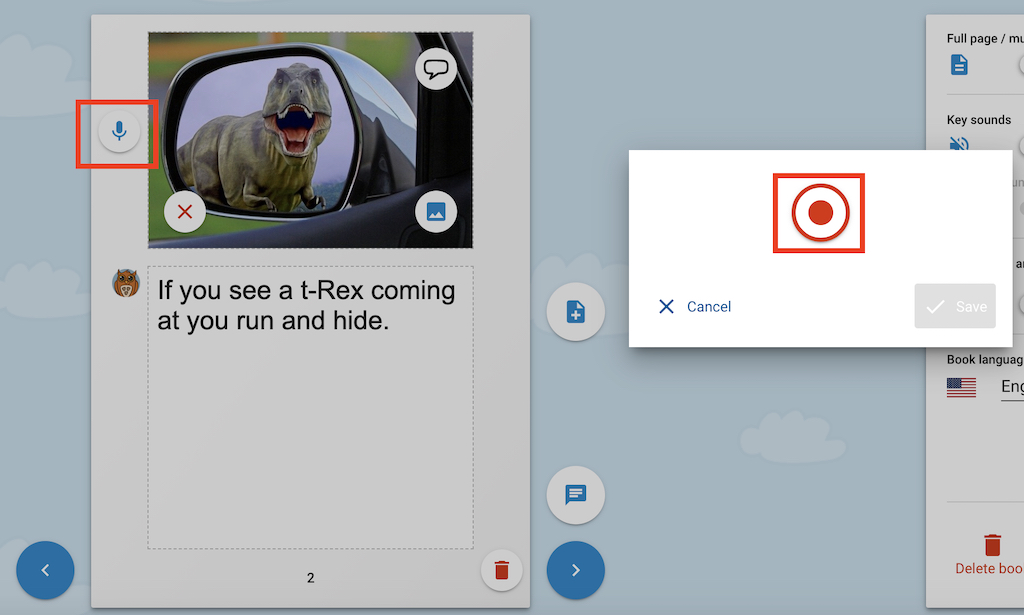
You can also present books on a projector and have students take turns reading aloud to the class (like an Author’s Chair, presented digitally), or have students read their story aloud to you during a small group or one-on-one time.
A few tips:
- Encourage students to utilize the educator text as they read to make connections between what they wrote and the correct spelling, spacing & punctuation
- Ask students to point to each word with their finger when reading to make connections between the written words and oral reading of the words
- If the students find it hard to read their own text, encourage them to use the text to speech feature to hear the words spoken aloud, and then read it themselves

Book Templates
Teachers can use templates in WriteReader to provide appropriate support and scaffolding for emergent writers.
It’s simple to create a book template in WriteReader by creating your book, then simply toggling the template feature ON so students can access it. When students click the + to begin a book, they will see the template as an option.

Teachers can also access the WriteReader template library to find templates already created and easily share with your students. Simply open the Template library tab, search by grade level and/or subject and click “Use”.
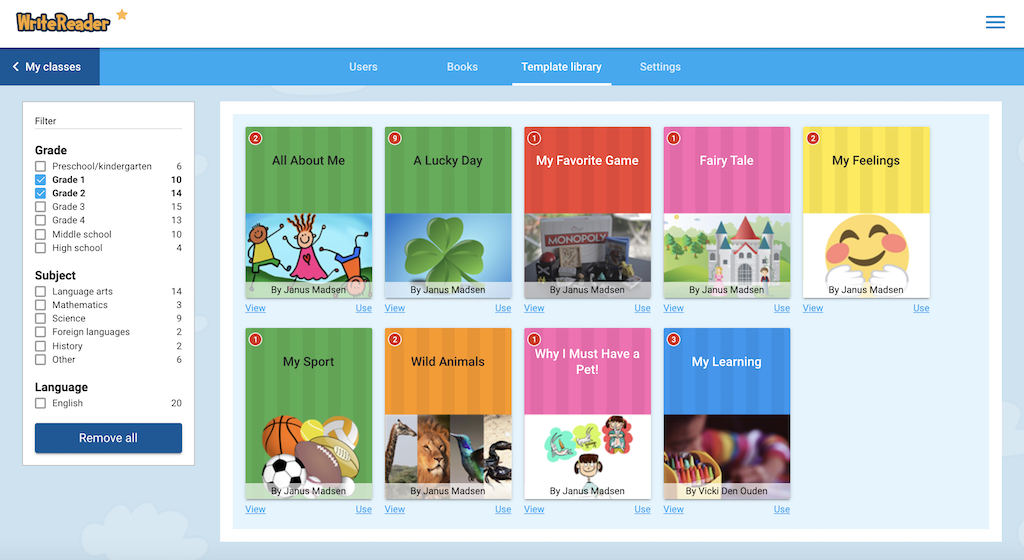
These templates include many popular topics for emergent writers, such as:
- My Favorite Game
- My Feelings
- My Learning
- My Favorite Sport
We hope you and your young writers enjoy these ideas for using WriteReader for creative, engaging writing experiences. Our next post in this series will focus on transitional writing, for children ages 6-8 years old.
